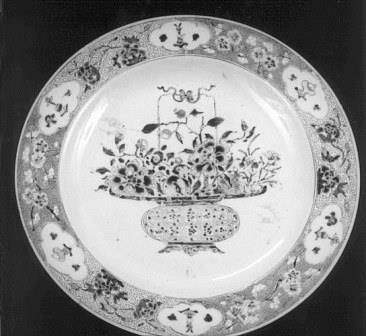Recommendation
In a letter dated 8 March 2007, the Minister for Education, Culture and Science (hereafter referred to as ‘the Minister’) asked the Advisory Committee on the Assessment of Restitution Applications for Items of Cultural Value and the Second World War (hereafter referred to as ‘the Restitutions Committee’) to issue a recommendation regarding the application submitted by M.M.v.L. in R. (hereafter referred to as ‘the applicant’) on behalf of herself and her sister L.v.O. for the restitution of a China ‘Famille Rose’ plate with flower vase decor that was formerly part of the trading stock of the art dealership Kunsthandel A. van Leeuwen & Zoon (hereafter also referred to as ‘art dealership Van Leeuwen’). Since its return to the Netherlands after the Second World War, the claimed object has been part of the Netherlands Art Property Collection (hereafter referred to as ‘NK collection’) under inventory number NK 504. According to information from the Netherlands Institute for Cultural Heritage (hereafter referred to as ‘the ICN’) it is now part of the collection at Kasteel Groeneveld in Baarn.
